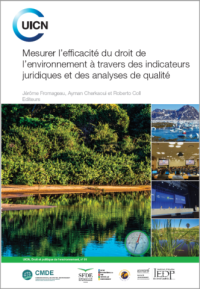What is the issue?
Soil is the biggest terrestrial carbon sink. The world’s soils store more carbon than the planet’s biomass and atmosphere combined. This includes soil organic carbon, which is essentially biodiversity: microbes, fungi and invertebrates, as well as root matter and decomposing vegetation. Soil carbon stocks can be increased through appropriate land management to provide many benefits besides offsetting greenhouse gas emissions.
Loss of soil organic carbon is one of the principal signs of land degradation, and land degradation is one of the leading challenges for sustainable development, biodiversity conservation, and mitigating and adapting to climate change. It is defined as a reduction or loss of the biological or economic productivity and complexity of land. In drylands, land degradation is known as desertification.
When land is degraded, soil carbon can be released into the atmosphere, along with nitrous oxide, making land degradation one of the biggest contributors to climate change. An estimated two-thirds of all terrestrial carbon stores from soils and vegetation have been lost since the 19th century through landĚýdegradation. Agriculture, forest and other land-use sectors generate roughly a quarter of all anthropogenic greenhouse gas emissions.






